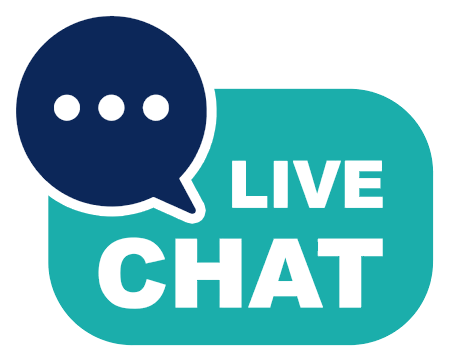Related Questions
Are you searching for a convenient way to order Zopiclone online? Look no further! Zopiclone, a widely used medication for treating insomnia and sleep disorders, is readily available for purchase through online platforms. If you've faced challenges finding it locally, online purchasing offers a hassle-free solution, with the medication delivered straight to your doorstep after just a few clicks.
Zopiclone FAQ
Let's delve deeper into the availability of Zopiclone for sale online in the UK and navigate through common queries related to this medication:


